Imagine digging up a fossil and realizing everything you thought you knew about ancient cats was wrong. From jaw-dropping revelations about their diets to shockers about their hunting styles, fossils have flipped the script on feline history more than once. Ready to see ancient predators in a whole new light? Let’s jump into these wild, fossil-fueled surprises!
The Saber-Toothed Cat Wasn’t Just a Killer

Fossil evidence reveals that saber-toothed cats possessed unexpectedly delicate jaw joints, challenging the idea that they were brutish, brawling predators. Rather than engaging in chaotic combat, their anatomy suggests a calculated, surgical approach to hunting. Their fearsome canines, paired with controlled jaw mechanics, acted more like precision tools than blunt weapons. This indicates they likely specialized in swift, targeted kills—striking with deadly efficiency rather than brute force.
Cheetahs Once Roamed North America

Ancient fossils unveil that cheetah-like cats once raced across the vast plains of prehistoric North America, long before their African relatives rose to fame. With elongated limbs and sleek, lightweight bodies, these agile predators were perfectly engineered for high-speed pursuits. Their presence transformed ancient American landscapes into natural racetracks, where bursts of speed meant survival. This evolutionary adaptation highlights a forgotten chapter of feline dominance on a different continent.
The Cave Lion Was a Social Butterfly

Cave lion fossils discovered in tight clusters hint at a surprising social side to these formidable predators, suggesting they lived and hunted in coordinated groups rather than as lone stalkers. This challenges long-held assumptions and reshapes our understanding of their behavior. Instead of solitary prowlers, cave lions may have been cooperative hunters, much like modern African lions. The evidence paints a richer, more complex picture of Ice Age ecosystems, where teamwork was key to survival.
Saber Teeth Didn’t Mean a Beef-Only Diet

Microscopic wear patterns on saber-toothed cat teeth reveal a more versatile diet than once believed. While they’re famed for taking down massive prey, evidence shows they also dined on smaller animals and weren’t above scavenging when needed. This unexpected adaptability suggests they were opportunistic feeders, capable of adjusting their menu to survive tough times. Far from being specialized killers, they were resourceful predators navigating a harsh and changing world.
“False Saber-Tooths” Fooled Scientists for Decades

For years, fossils of nimravid cats baffled paleontologists with their striking resemblance to saber-toothed predators. With elongated canines and fearsome features, they looked the part—but genetic and anatomical evidence revealed they weren’t true relatives. Instead, nimravids are a remarkable case of convergent evolution, where nature independently crafted similar designs for similar roles. It’s a vivid reminder that evolution often repeats itself when the same survival challenges arise.
Jaguar Ancestors Were Giants

Ancient jaguar fossils reveal that these prehistoric predators were giants compared to their modern jungle-dwelling descendants, at times approaching the size of tigers. Towering and powerfully built, these mega-jaguars possessed the strength and size to tackle prey far beyond the reach of today’s big cats. Their formidable presence at the top of the food chain made them apex hunters of their time. This glimpse into the past showcases a more fearsome and dominant version of the jaguar than we see today.
Ancient Cats Had Dog-Like Bodies

Some early cat fossils reveal a surprising twist in feline evolution—bodies built not for silent stalking, but for endurance running. With elongated limbs, narrow chests, and lean, aerodynamic builds, these ancient cats resembled swift greyhounds more than modern housecats. Rather than relying on stealthy ambushes, they likely chased down prey across open landscapes. This athletic design hints at a time when speed and stamina were the keys to survival.
Cave Lions Lived in the Arctic

Fossils discovered in the icy depths of Siberia reveal that cave lions were no strangers to the cold, thriving in frigid, snow-covered environments. Far from the sun-soaked savannas we associate with modern lions, these Ice Age predators roamed vast, frozen landscapes with thick fur and fierce resilience. Their presence in such extreme climates showcases their adaptability and dominance in a world of mammoths and permafrost. Picture a lion in a winter wonderland—majestic, powerful, and perfectly at home in the snow.
Clouded Leopards’ Teeth Were Built for Climbing
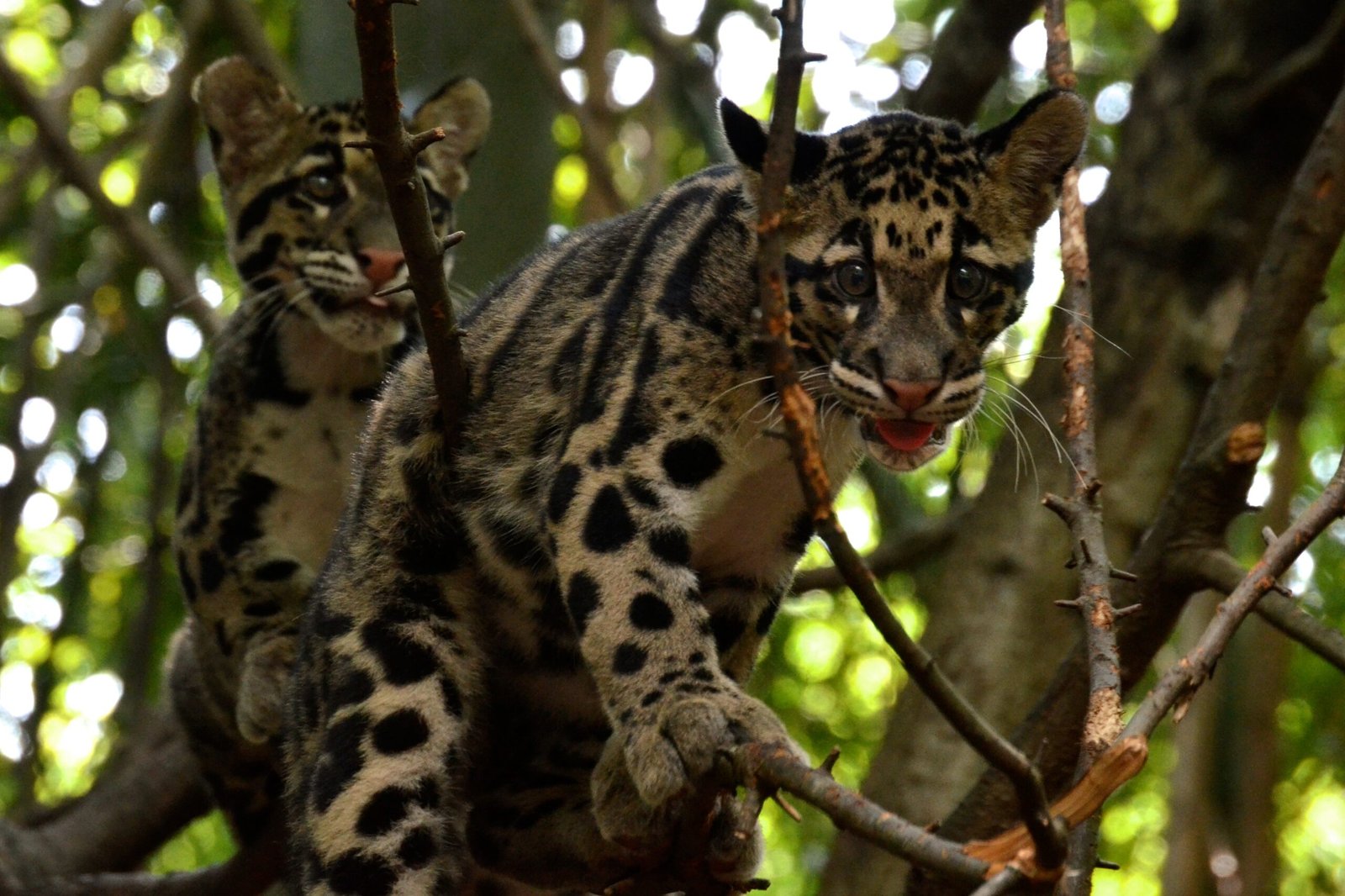
Ancient clouded leopards were built for stealth and agility, equipped with extra-long canine teeth and remarkably flexible ankles that made them expert climbers. These adaptations turned them into masters of the treetops, where they could stalk silently and strike from above with deadly precision. Like feline ninjas of the ancient forests, they used elevation and surprise as their greatest weapons. Their unique traits reveal a predator perfectly evolved for ambush in a three-dimensional jungle world.
Lions Once Ruled Europe
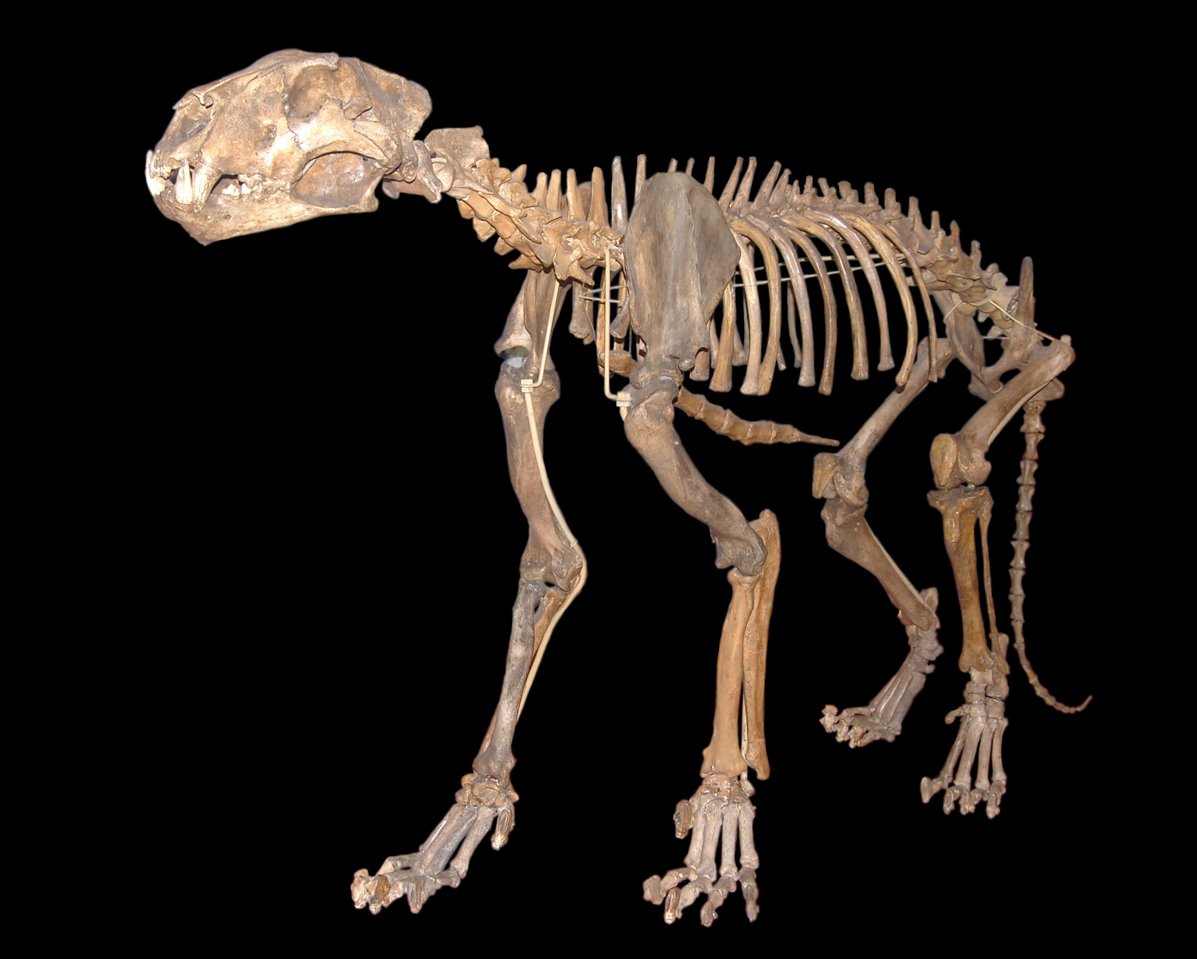
Fossil evidence reveals that lions once roamed across vast stretches of ancient Europe, from the sun-drenched hills of Spain to the misty woodlands of the UK. These powerful predators, now symbols of African savannas, were surprisingly at home in Europe’s dense forests and cooler climates. It’s a striking image—majestic lions not beneath acacia trees, but lounging beneath oaks and pines. Their wide range paints a picture of a lost world where the “king of beasts” ruled far beyond today’s grasslands.
Smilodon Cubs Had Playful Childhoods

Fossilized bones of young saber-toothed cats bear telltale marks of playful tussling, much like the roughhousing seen in modern-day kittens. These signs of youthful play reveal that even the most fearsome Ice Age predators started life honing their skills through mock battles and pouncing games. Far from aimless fun, this behavior was crucial training for the deadly precision they’d need as adults. It’s a heartwarming reminder that behind those iconic fangs were curious, energetic cubs learning the art of the hunt.
Big Cats Coexisted With Giant Herbivores

Fossils frequently place ancient big cats in the shadow of giants—roaming the same landscapes as mammoths, mastodons, and towering ground sloths. It’s like a real-life Ice Age epic, where saber-toothed predators prowled among herds the size of buses, hunting in a world built on a massive scale. These prehistoric cats weren’t just surviving—they were thriving in an environment filled with colossal prey and fierce competition. The fossil record paints a dramatic scene of power, scale, and survival straight out of a primeval blockbuster.
Panthera atrox Was the Real King of Prehistoric Cats
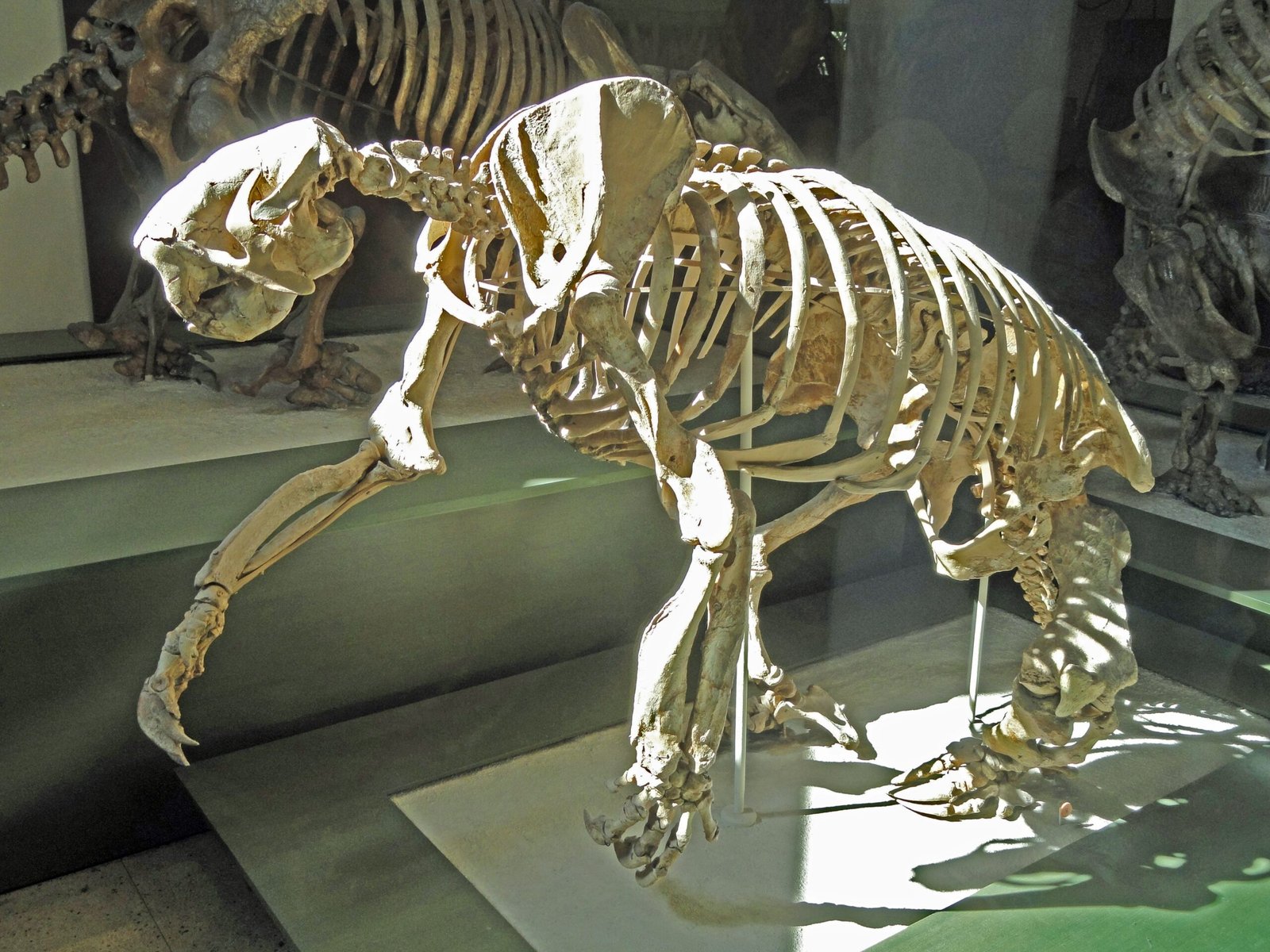
Known as the American lion, Panthera atrox was a true giant among big cats—fossils show it was even larger than today’s African lion, making it one of the biggest felines to ever walk the Earth. Its massive range, spanning from the icy tundra of Alaska to the arid plains of Mexico, speaks to its incredible adaptability. Towering in both size and presence, this Ice Age apex predator ruled a vast and varied continent. The American lion wasn’t just big—it was a symbol of prehistoric power across North America.
Leopards Had a Taste for Cave Art

Leopard fossils uncovered in ancient human caves hint at a chilling possibility—these stealthy predators may have used the same shelters, dragging prey, and perhaps even humans, into the darkness. Scattered bones and haunting paw prints tell a story of silent intrusions and deadly ambushes. Far from being passive neighbors, leopards may have competed with early humans for space and food. These eerie traces blur the line between predator and prey, revealing a time when caves offered shelter—but not always safety.
Some Ancient Cats Were Tiny Hunters

Not all prehistoric felines were towering predators—some, like Proailurus, were small and nimble, roughly the size of a modern house cat. As one of the earliest known members of the cat family, it darted through ancient forests with agility, hunting insects, birds, and other small prey. Despite its modest size, Proailurus was a pioneering predator, laying the evolutionary groundwork for all cats to come. Its tiny frame hid the beginnings of a powerful and enduring lineage.
Ancient Lynx Liked the Beach
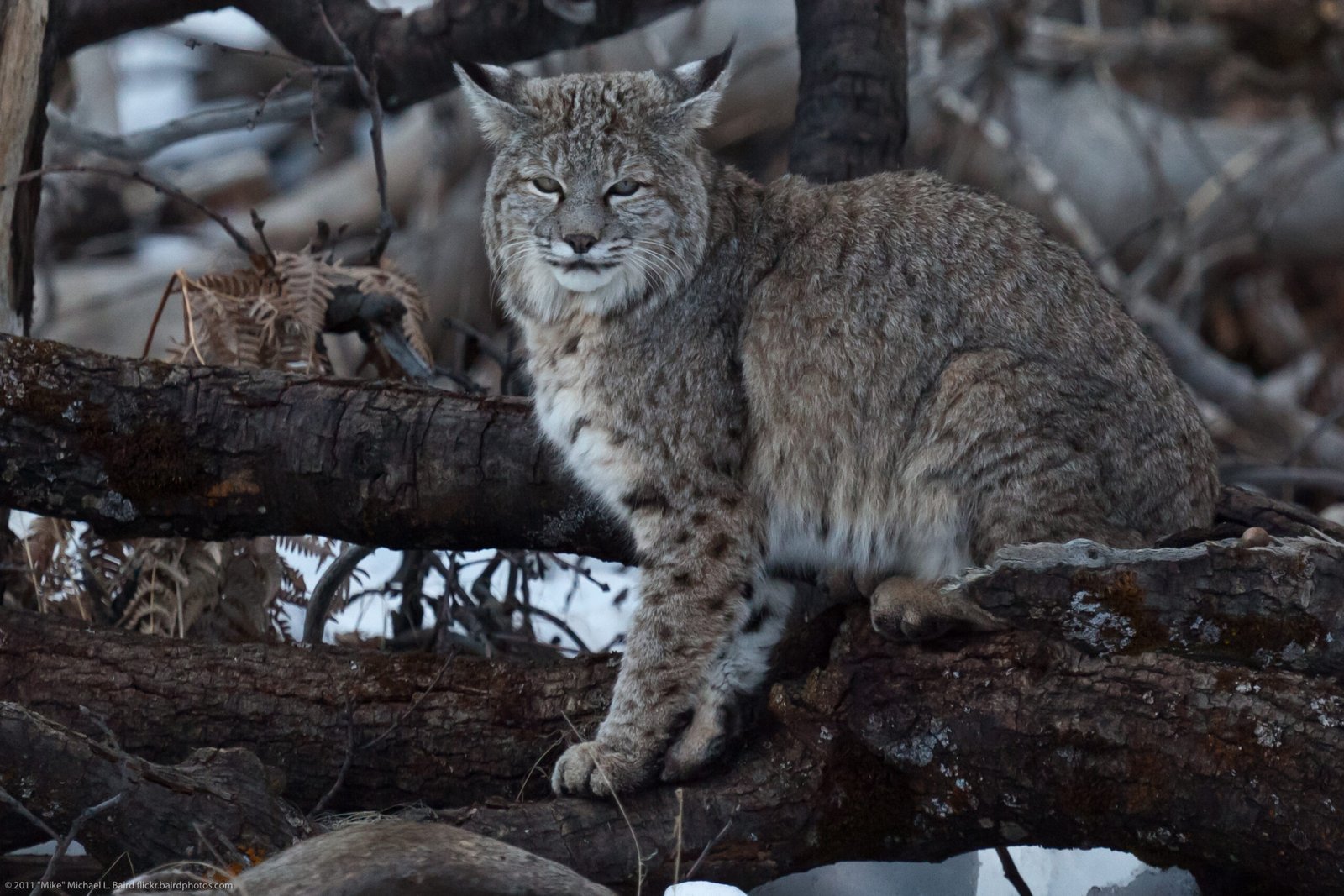
Fossil remains of lynx discovered in coastal caves suggest a surprising twist in their diet—these ancient cats may have hunted seabirds, scavenged along the shore, or even snacked on crabs. Far from the forest-bound hunters we know today, some lynx appeared to embrace a coastal lifestyle with a taste for seafood. This unexpected behavior reveals their impressive adaptability and resourcefulness in diverse environments. Picture a stealthy lynx prowling tidepools and rocky cliffs—a feline fisher in the Ice Age wilds.
Saber-Tooths Sometimes Lost Their Famous Teeth
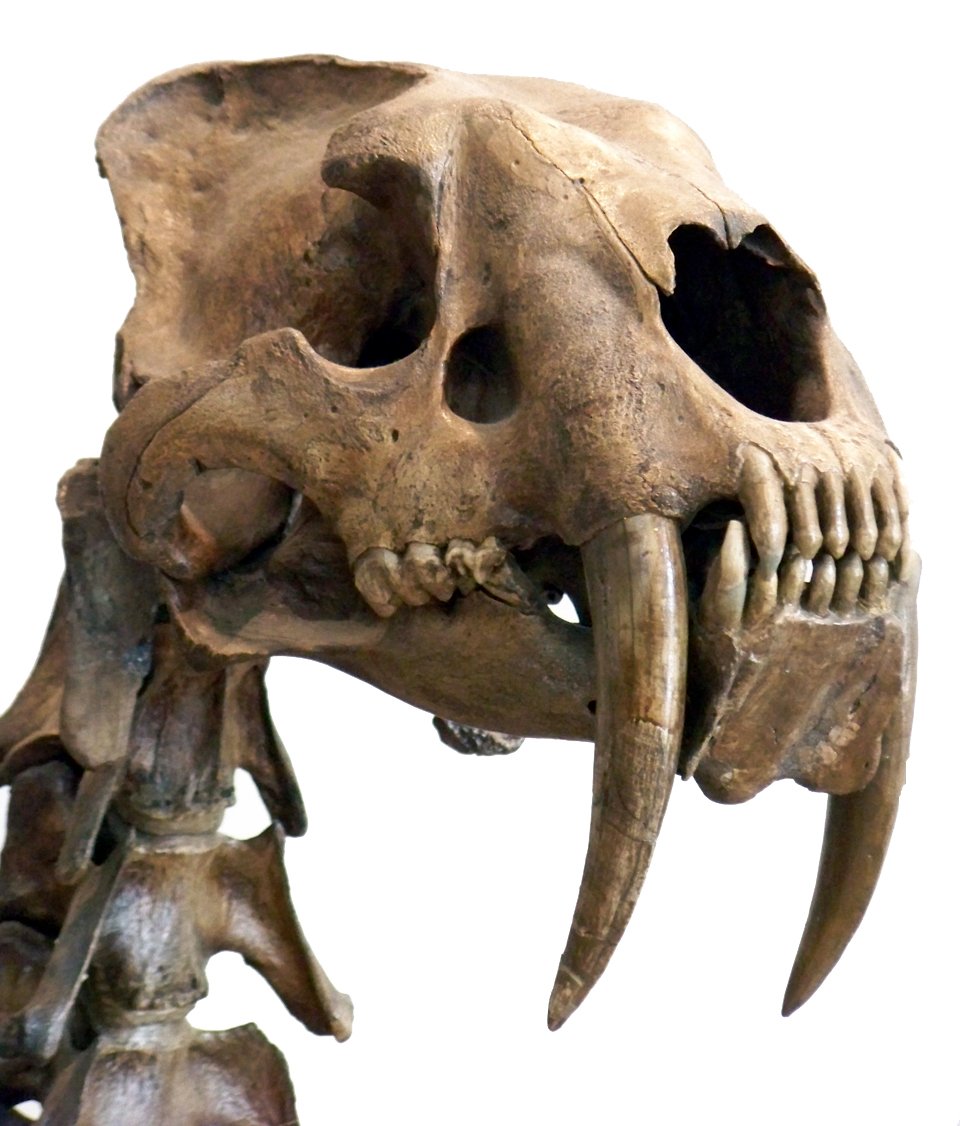
Fossilized jaws missing the iconic saber teeth reveal that some saber-toothed cats suffered major dental damage—losing the very weapons that defined them. Yet remarkably, evidence shows that many of these injured predators survived long after, adapting to life without their deadly canines. Their resilience hints at unexpected toughness and possibly even social support within their groups. Toothless but tenacious, these cats proved they were more than just their fangs.
Big Cat Fossils Found in the Himalayas

Surprisingly, fossils of ancient cats have been discovered high in the Himalayas, revealing that these fierce predators once prowled some of the world’s most extreme terrain. Far from lowland forests or open plains, they scaled rugged peaks and endured the harsh realities of thin air and freezing temperatures. These feline mountaineers were built for altitude, showcasing incredible adaptability in the face of unforgiving conditions. It’s a breathtaking image—big cats stalking silently through snow-draped cliffs, ruling the roof of the world.
Scimitar-Toothed Cats Were the Sprinters of Prehistory

Unlike their saber-toothed cousins with long, fragile canines, scimitar-toothed cats evolved shorter, more robust fangs—perfect for delivering swift, powerful kills. Their long, muscular legs and streamlined bodies were built for speed, allowing them to chase down prey with explosive bursts across open grasslands. These predators weren’t ambushers—they were sprinters, built for high-speed pursuits in wide, open terrain. Scimitar-tooths were the cheetah-like hunters of the Ice Age, combining strength and speed in a deadly package.
Dire Wolves Faced Off With Ancient Cats

Bone beds scattered with the remains of dire wolves and ancient big cats suggest intense competition over carcasses—both predators vying for survival in a harsh, unforgiving world. These fossil sites capture the echoes of Ice Age standoffs, where snarling packs and prowling felines clashed over precious kills. Imagine the tension, thick as fog, as powerful jaws and sharpened claws met in fierce, high-stakes battles. These encounters weren’t just fights—they were primal power struggles that shaped the balance of life and death on the frozen plains.
Some Ancient Cats Hunted in Water

Fossilized paw prints and bones uncovered along ancient riverbanks hint that some early feline ancestors were surprisingly at home in the water. Unlike today’s water-shy cats, these agile hunters may have stalked fish and amphibians with stealth and precision, much like furry crocodiles lurking at the shoreline. Their bold behavior reveals a forgotten chapter of feline evolution—one where getting wet meant getting fed. These river-stalking cats prove that adaptability, even in unexpected ways, was key to their ancient survival.
Prehistoric Cats Had Unexpected Stripes

Pigment analysis of fossilized fur reveals that some ancient cats were adorned with bold stripes or spots, striking patterns that served as natural camouflage. These markings weren’t just for show—they helped these predators vanish into shifting landscapes of forest, grassland, or snow. As masters of disguise, they used their coats to stalk unseen and strike with deadly precision. Even in the distant past, evolution had already fine-tuned these cats into stealthy, stylish hunters.
Ancient Bobcats Were Tougher Than They Looked

Ancestors of today’s bobcats boasted larger jaws and more robust builds, built to take on bigger prey and endure the harsher climates of the past. These formidable felines were tougher and more rugged than their modern counterparts, capable of surviving in Ice Age conditions where strength and resilience were key. Their powerful frames hint at a time when bobcat kin were bold, adaptable hunters in a wilder, more unforgiving world. Compared to today’s sleek survivors, they were battle-tested beasts shaped by a rougher age.
Sabertooths Were Victims of Climate Change
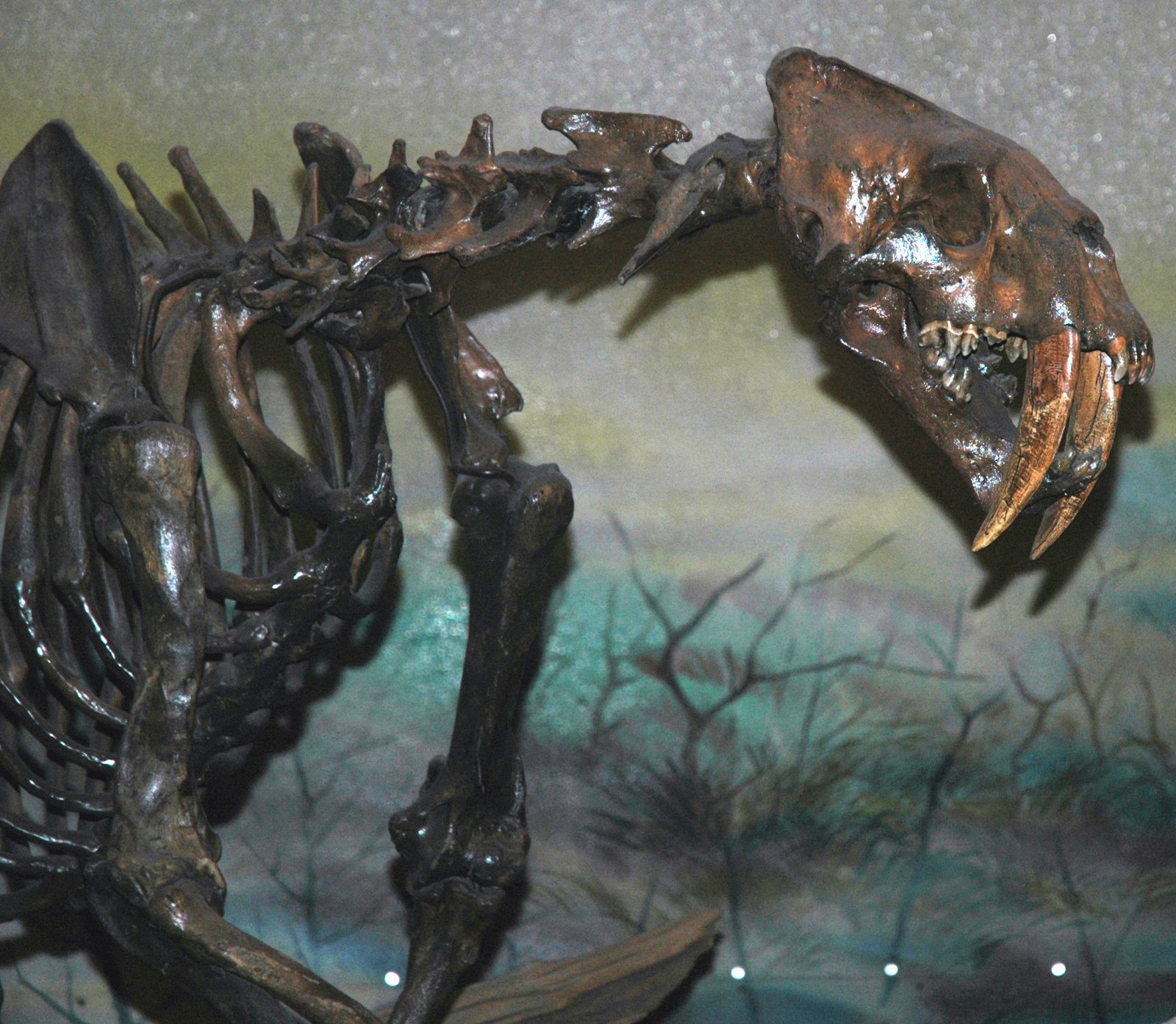
Fossil records reveal that saber-toothed cats vanished as the Ice Age drew to a close, their decline tied closely to the disappearance of the massive prey they once relied on. As warming climates reshaped ecosystems and herds of mammoths and giant bison dwindled, these iconic predators found themselves without the resources to survive. Their extinction is a powerful reminder of nature’s fragility—and how swiftly environmental shifts can unravel even the most formidable species. The fall of the saber-tooth echoes through time as a cautionary tale of adaptation, loss, and change.
Some Prehistoric Cats Had “Retractable” Claws Like Modern Housecats

Fossilized paw bones show that even early cats had the ability to sheath their claws, a sophisticated feature still seen in today’s domestic tabbies. This retractable-claw design wasn’t just for show—it kept their weapons razor-sharp and allowed for silent, stealthy movement through dense forests and grasslands. It was a key evolutionary advantage, turning them into expert stalkers capable of deadly surprise attacks. From ancient predators to modern lap cats, this clever trait has stood the test of time.
Ancient Cat Fossils Are Still Being Discovered
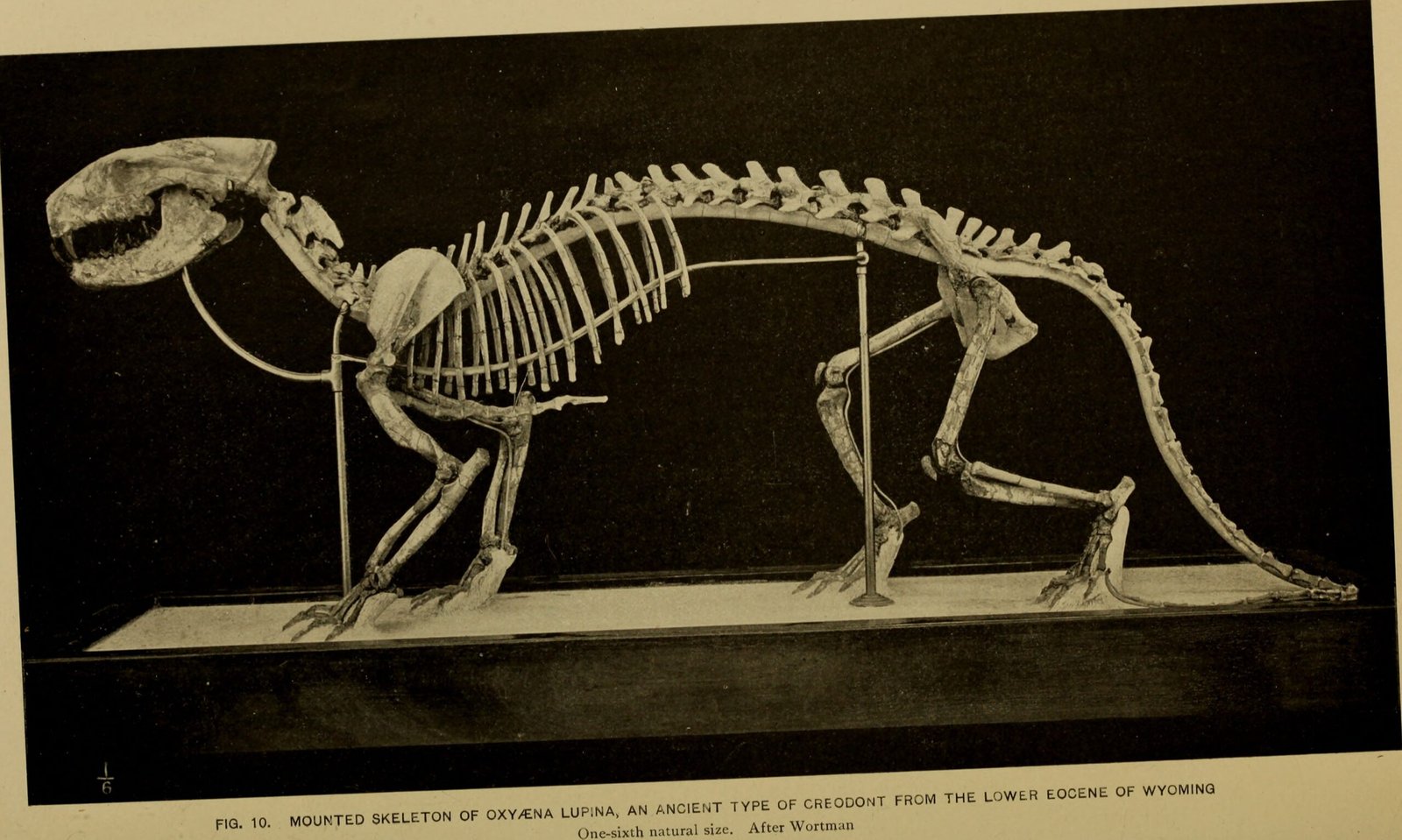
Ongoing excavations continue to unearth stunning fossil discoveries, reminding us that the saga of ancient cats is far from complete. Each new bone, claw, or paw print adds a fresh chapter to their evolving story, shedding light on behaviors, habitats, and species we never knew existed. These relics from the past hold secrets waiting to be revealed—clues to how these remarkable predators lived, adapted, and vanished. Who knows what astonishing revelation lies just beneath the next layer of earth?

Suhail Ahmed is a passionate digital professional and nature enthusiast with over 8 years of experience in content strategy, SEO, web development, and digital operations. Alongside his freelance journey, Suhail actively contributes to nature and wildlife platforms like Feline Fam, where he channels his curiosity for the Feline into engaging, educational storytelling.
With a strong background in managing digital ecosystems — from ecommerce stores and WordPress websites to social media and automation — Suhail merges technical precision with creative insight. His content reflects a rare balance: SEO-friendly yet deeply human, data-informed yet emotionally resonant.
Driven by a love for discovery and storytelling, Suhail believes in using digital platforms to amplify causes that matter — especially those protecting Earth’s biodiversity and inspiring sustainable living. Whether he’s managing online projects or crafting wildlife content, his goal remains the same: to inform, inspire, and leave a positive digital footprint.






